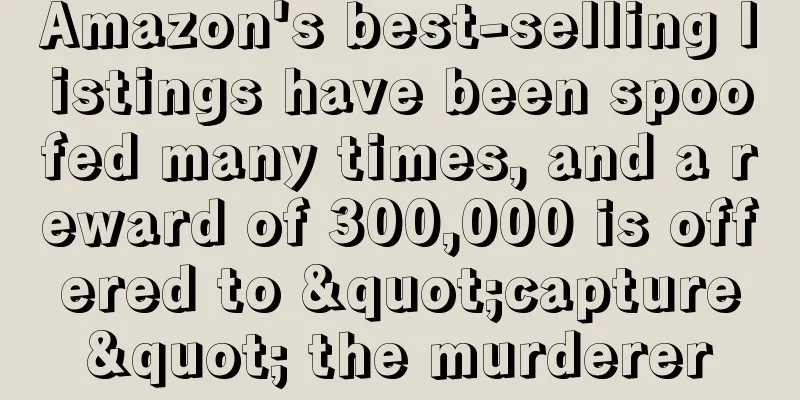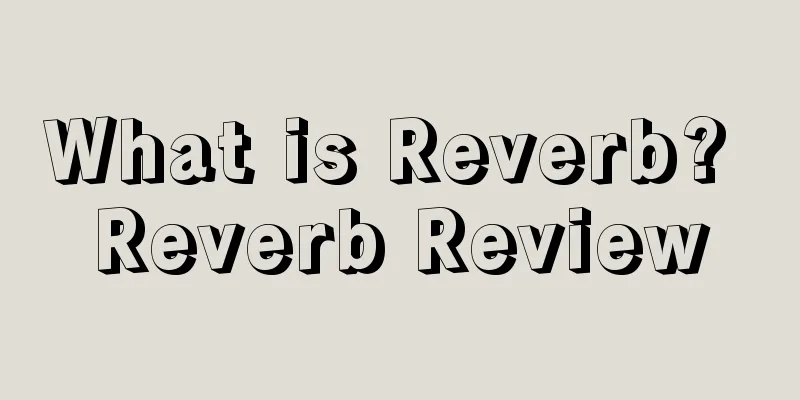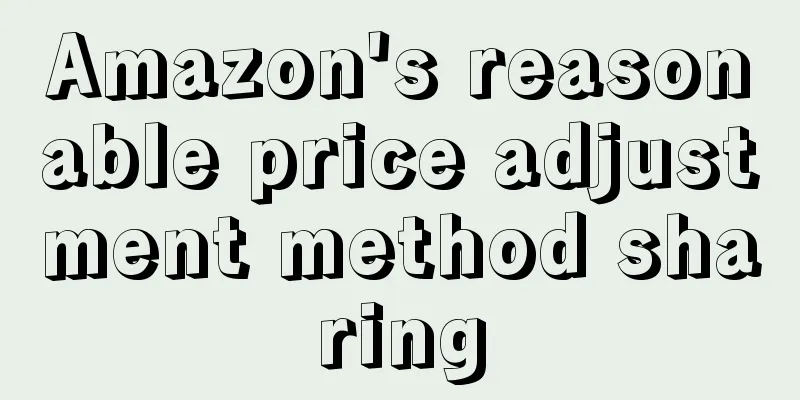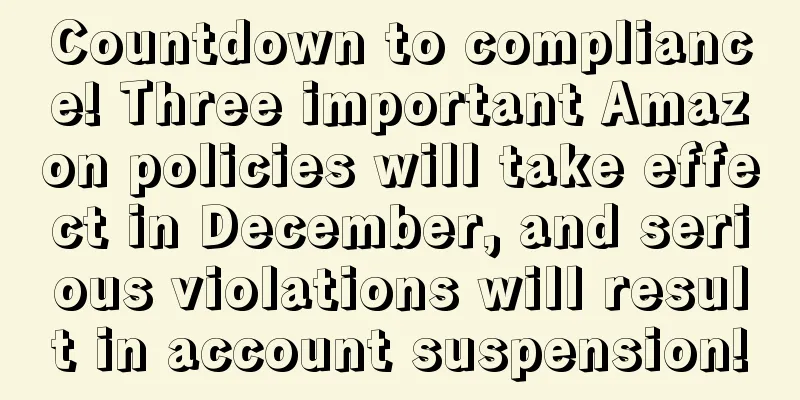What is Making Tax Digital in the UK? Review of Making Tax Digital in the UK
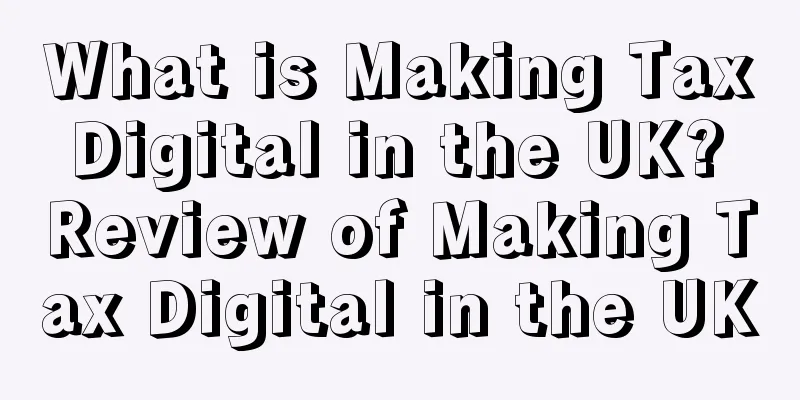
|
Making Tax Digital (MTD) is an important measure of the UK government to improve the efficiency and effectiveness of tax declaration. The UK Revenue and Customs (HMRC) authorizes qualified electronic declaration software to conduct electronic VAT tax declaration, making the tax declaration system simpler and more efficient. MTD software can digitally store all the declaration data of users, which is expected to improve the accuracy of business records and reduce errors. First proposed in 2016 HMRC is implementing this initiative and working closely with accounting software developers to ensure taxpayers can make the switch to digital tax. The changes outlined apply to a wide range of taxpayers, including most businesses, micro-enterprises, sole traders, landlords, as well as individual taxpayers. Under Making Tax Digital, taxpayers will send HMRC a summary of their income and expenses at least four times a year. HMRC says this will help to make more ongoing and accurate forecasts of tax payable, rather than the current system of one tax bill at the end of the year. To do this, taxpayers will need to integrate their accounts with the software in some way. HMRC's response to a consultation in 2017 stated that spreadsheets could be used if they met HMRC's technical requirements. However, many taxpayers will use more comprehensive accounting software to avoid the complexity of linking spreadsheets to their digital tax accounts. Planned implementation time Making Tax Digital is a phased rollout programme that began in early 2016. Key milestones include: - From July to December 2017, HRMC implemented a private pilot. - The "VAT Digitalization" pilot was officially launched in the spring of 2018. - VAT registered businesses with a taxable turnover above the VAT threshold (£85,000) in April 2019 are required to keep digital VAT records and submit returns using Money Tax Digitalisation (MTD) compliant software. - From April 2021, all UK VAT registered businesses exceeding the registration threshold of £85,000 will need to submit returns through the new APl interface with HMRC. - VAT registered businesses with VAT-chargeable sales of less than £85,000 in April 2022 will need to follow the ‘digital taxation’ rules for their first VAT return from April 2022 or later. - The digitisation of self-assessment tax will be introduced in April 2024, requiring self-employed businesses (self-employed persons filing a Self Assessment) and landlords with an annual turnover of more than £10,000 to comply with the MTD rules for self-assessment of income tax from 6 April 2024. |
<<: What is Nuheel? Nuheel Review
>>: What is Wolf & Badger? Wolf & Badger Review
Recommend
What is Alibaba Cloud? Alibaba Cloud Review
Founded in 2009, Alibaba Cloud is a leading global...
What is Boutique Maman? Boutique Maman Review
Boutique Maman is a French maternal and infant e-c...
Shenzhen's big seller has settled in Temu! Is the cross-border battle ready to start?
It is learned that Marketplace Pulse data shows th...
Be careful about forcing it open! Free black technology may have security risks!
Recently, a mysterious black technology service h...
Amazon's US package volume in 2020 exceeds FedEx! Second only to UPS!
It is learned that according to data from the Pitn...
The most comprehensive inventory of affiliate marketing platforms in history
<span data-shimo-docs="[[20,"说到亚马逊站外引流,就不得...
What is Vendor Express (VE)? Vendor Express (VE) Review
Vendor Express is a supplier brand launched by Ama...
No way? There are still people who don’t know about the celebrity videos of buyer shows?
If you need buyer show videos or influencer videos...
2019 US clothing online shopping trends: market value of 118 billion, Amazon is still the preferred platform!
Recently, digital marketing agency CPC Strategy a...
Amazon offers $50 advertising coupons for a long time. How can sellers claim them quickly?
Just after Black Friday and Cyber Monday, Amazon...
Can a novice e-commerce merchant do cross-border e-commerce on Amazon? If so, what should he pay attention to and what pitfalls should he avoid?
Anyone who has been involved in this industry know...
In order to regain market share, Walmart has reached a cooperation with Canadian home retailer Furniture.ca!
<span data-shimo-docs="[[20,"获悉,据外媒报道,近日沃尔...
What is BIS certification? BIS certification evaluation
BIS certification is the ISI certification issuing...
What is India TEC communication equipment certification? India TEC communication equipment certification evaluation
According to the Indian Telegraph (Amendment) Rule...
Big event of the week! AliExpress released its Double 11 report, and the most popular overseas product was this
Amazon expands “Voice of the Buyer” online sites ...
